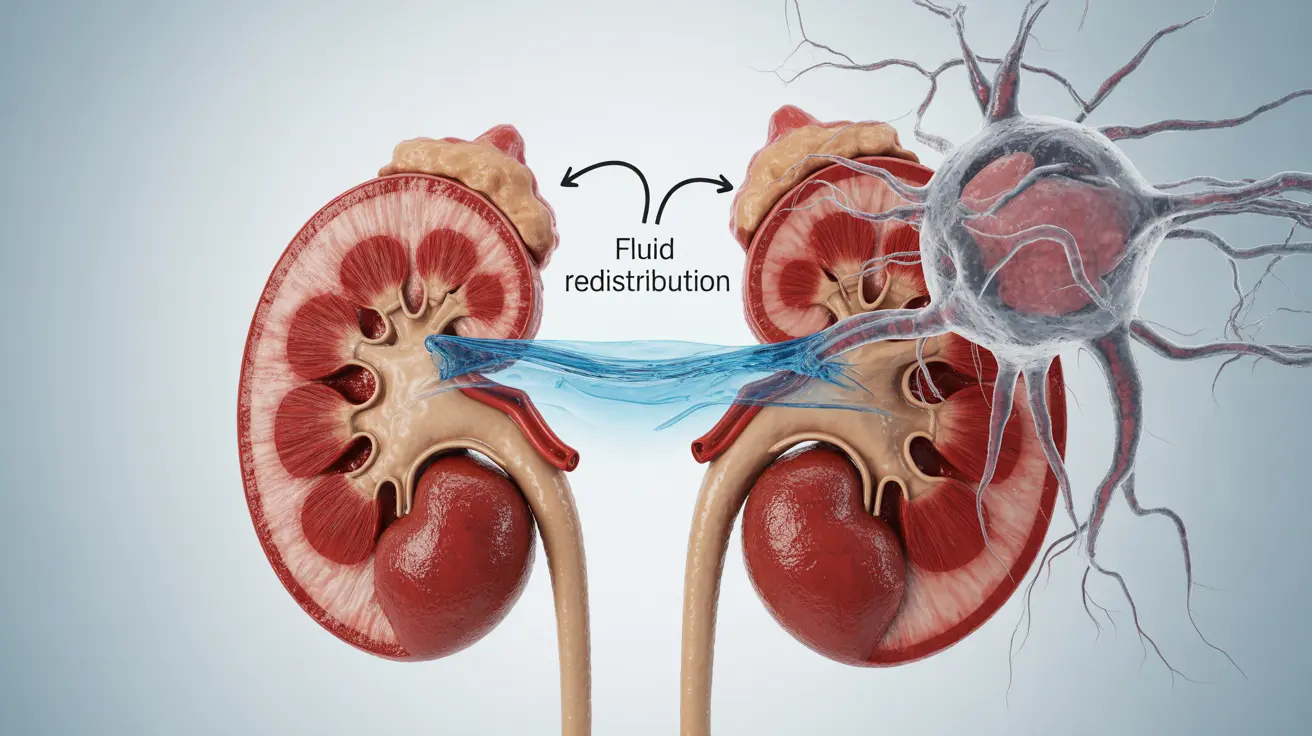While staying hydrated is essential for health, drinking too much water can be dangerous and potentially fatal. Understanding the limits of safe water consumption and recognizing the signs of water intoxication is crucial for everyone, especially athletes and outdoor enthusiasts.
This comprehensive guide explores the critical balance between healthy hydration and dangerous overconsumption of water, helping you understand safe limits and warning signs to protect yourself and others.
Understanding Safe Water Consumption Limits
The human body has remarkable mechanisms for maintaining fluid balance, but these systems can become overwhelmed when too much water is consumed too quickly. A healthy adult can typically process 0.8 to 1.0 liters (about 27-33 ounces) of water per hour when resting. Consuming water beyond this rate risks overwhelming the kidneys' ability to excrete excess fluid.
Individual factors such as body weight, activity level, climate, and overall health status can affect how much water a person can safely process. Athletes and people exercising intensely may be able to process slightly more water due to fluid loss through sweat.
The Science Behind Water Intoxication
Water intoxication, also known as hyponatremia, occurs when excessive water intake dilutes blood sodium levels below safe thresholds. This disrupts the delicate electrolyte balance necessary for proper cell function, particularly in the brain.
How Water Overload Affects Your Body
When too much water enters the bloodstream quickly, cells begin to swell as they try to maintain balance with their surrounding fluid. This swelling is particularly dangerous in brain cells, as the skull provides no room for expansion, leading to increased intracranial pressure.
Warning Signs and Symptoms
Early recognition of water intoxication symptoms is crucial for preventing severe complications. Common early warning signs include:
- Headache
- Confusion
- Nausea and vomiting
- Muscle weakness
- Fatigue
- Disorientation
- Changes in mental state
- Seizures (in severe cases)
High-Risk Groups
Several groups face elevated risks of water intoxication:
- Endurance athletes
- Military personnel during intense training
- Infants under six months
- People with certain medical conditions
- Psychiatric patients with compulsive water drinking behavior
Prevention and Safe Hydration Guidelines
To maintain proper hydration while avoiding water intoxication:
- Listen to your body's thirst signals
- Pace water intake throughout the day
- Include electrolyte-rich beverages during intense exercise
- Monitor urine color (pale yellow indicates good hydration)
- Consider sports drinks for extended physical activity
Frequently Asked Questions
- How much water can a healthy adult safely drink per hour without risking water intoxication?
A healthy adult can typically safely process 0.8 to 1.0 liters (about 27-33 ounces) of water per hour when at rest. This limit may vary based on individual factors such as activity level, climate, and overall health status.
- What are the early signs and symptoms of water intoxication or drinking too much water?
Early signs include headache, confusion, nausea, vomiting, muscle weakness, and fatigue. More severe symptoms can progress to disorientation, seizures, and altered mental status. These symptoms occur as cells swell from excess water intake.
- Who is most at risk for water intoxication and why are children and athletes more vulnerable?
Athletes, especially endurance athletes, children, and military personnel during intense training are most at risk. Athletes can overhydrate during events, while children have lower body mass and less developed kidney function. Their smaller size means it takes less water to cause problems.
- How is water intoxication treated and what should I do if I suspect someone has it?
Water intoxication requires immediate medical attention. Treatment typically involves carefully administered IV solutions to restore proper sodium levels. If you suspect water intoxication, stop water intake immediately and seek emergency medical care.
- How can I prevent water intoxication while staying properly hydrated during exercise or daily activities?
Balance water intake with activity level, drink when thirsty, and include electrolyte-rich beverages during intense exercise. Monitor urine color (pale yellow is ideal) and avoid drinking large amounts of water in short periods. For extended exercise, consider sports drinks to maintain electrolyte balance.




